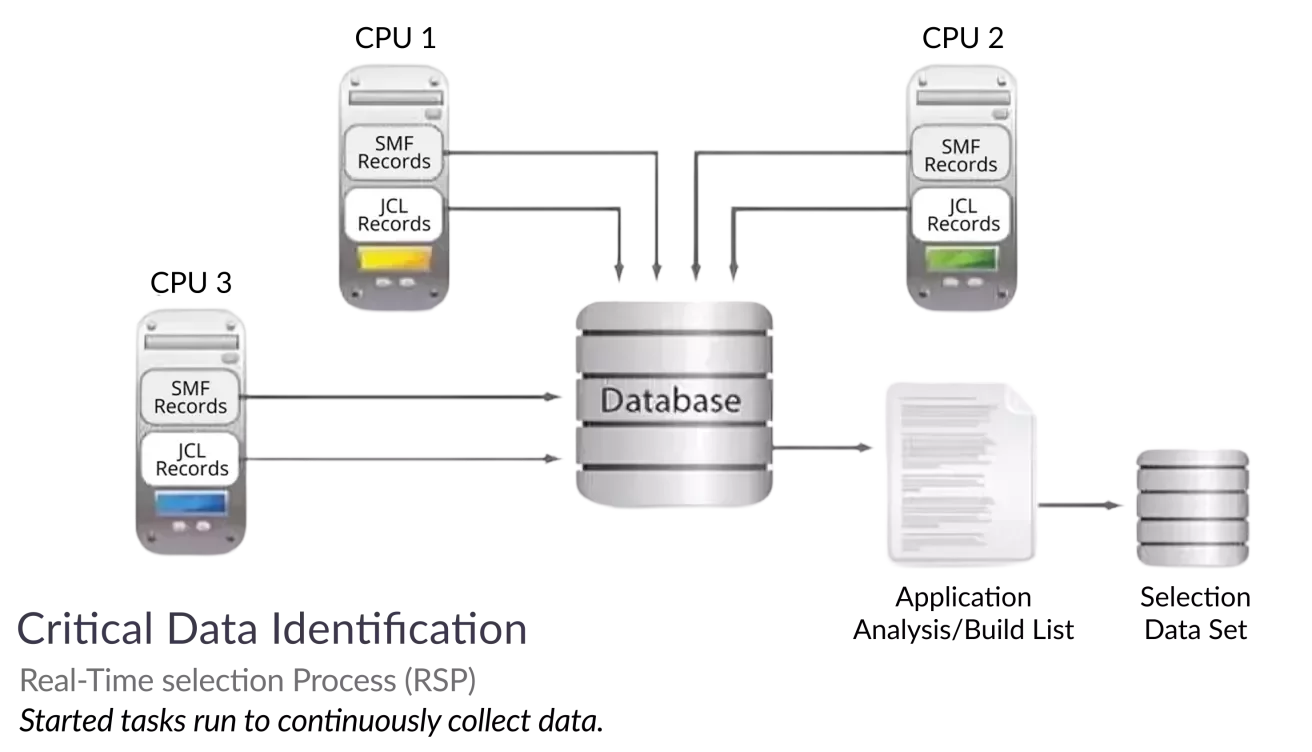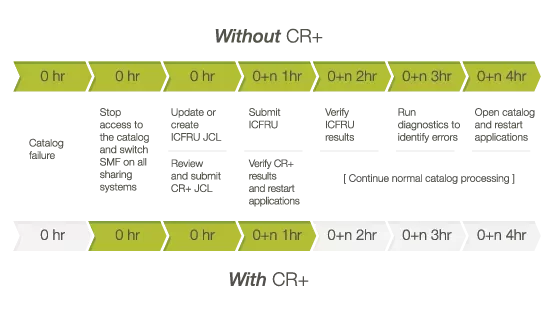Improve performance through automation
Rocket® Mainstar® systems optimization and data management solutions let you operate IBM® z/OS®, Db2®, and IMS™ systems at peak efficiency. Maximize the proven processing power of your mainframe in support of corporate web, mobile, and cloud initiatives.
Products
Rocket® Mainstar® Catalog RecoveryPlus
Improve business resiliency for IBM® z/OS® through ICF catalog management
Rocket® Mainstar® HSM Reporter/Manager
Ensure business continuity with proactive mainframe storage management
Rocket® Mainstar® Clone and Rename for IMS
Rocket® Mainstar® Clone and Rename software allows administrators to clone entire IMS subsystems or select databases quickly and easily
Rocket® Mainstar® Volume Clone and Rename for Db2
Rocket Mainstar Volume Clone and Rename software allows administrators to clone entire Db2 subsystems quickly and easily, in minutes
Rocket® Mainstar® Database Backup and Recovery for IMS
Simplify IMS backup, recovery, and disaster recovery operations for z/OS
Rocket® VSAM Assist®
Rocket VSAM Assist simplifies and improves VSAM data management and maintenance processes with just two simple commands: DUMP and RESTORE
Rocket® VSAM Quick Index®
Rocket VSAM Quick Index software is a high-performance, low-overhead solution that builds alternate indexes for VSAM KSDS and ESDS
Rocket® LDAP Bridge for z/OS
Rocket LDAP Bridge taps the potential of your IBM® z/OS® system by extending mainframe data to any enterprise-level identity management
Control mainframe operating costs
When it comes to mainframe processing, time is money. For many organizations, digital transformation drives an increased need for access to mainframe data. With greater demand for online data availability, batch windows are decreasing, seemingly leaving only one way to ensure batch processing is completed on time – buy more capacity.
Rocket Performance Essential automatically tunes and optimizes batch I/O, shortening elapsed processing times by up to 75%, so you can reduce ongoing capacity purchases and avoid costly last-minute buys. Within hours of installation, Rocket Performance Essential can reduce the number of I/Os by up to 90%, without manual tuning or modifying applications, helping you get more from the capacity you already have.


Simplify compliance reporting
To meet regulatory requirements, many businesses must document that critical data assets are regularly and securely backed up and stored or replicated off-site. Mainstar backup and recovery solutions automatically monitor all applications, identify data assets that are used by applications, and provide audit trails with the necessary information.
With Rocket Mainstar backup and recovery solutions, your organization is able to rapidly restore data while demonstrating compliance for internal controls and government regulations.
Maintain business continuity
In today's demanding business world, downtime is not an option. In some cases, having servers down for even a few seconds can be an operational and financial catastrophe. Rocket Mainstar solutions can prevent potential outages, and allow you to recover faster from inadvertent outages and disasters.

Keep your mainframe data safe
Any organization can be affected by data loss, and if your data isn’t fully discovered and protected, it can’t be recovered. Rocket Mainstar backup and recovery solutions provide automated data asset backup optimized for rapid recovery. Ensure all important z/OS data is backed up, eliminate single points of failure and centralize visibility into your entire backup environment.
M&T Bank - a partnership built on legendary customer service
Read the case studyState keeps benefits coming despite historic unemployment
Read the case studyKKH Statutory Health Insurance Fund enhances staff productivity & minimizes risks with fast, simple Db2 cloning
Read the case study
